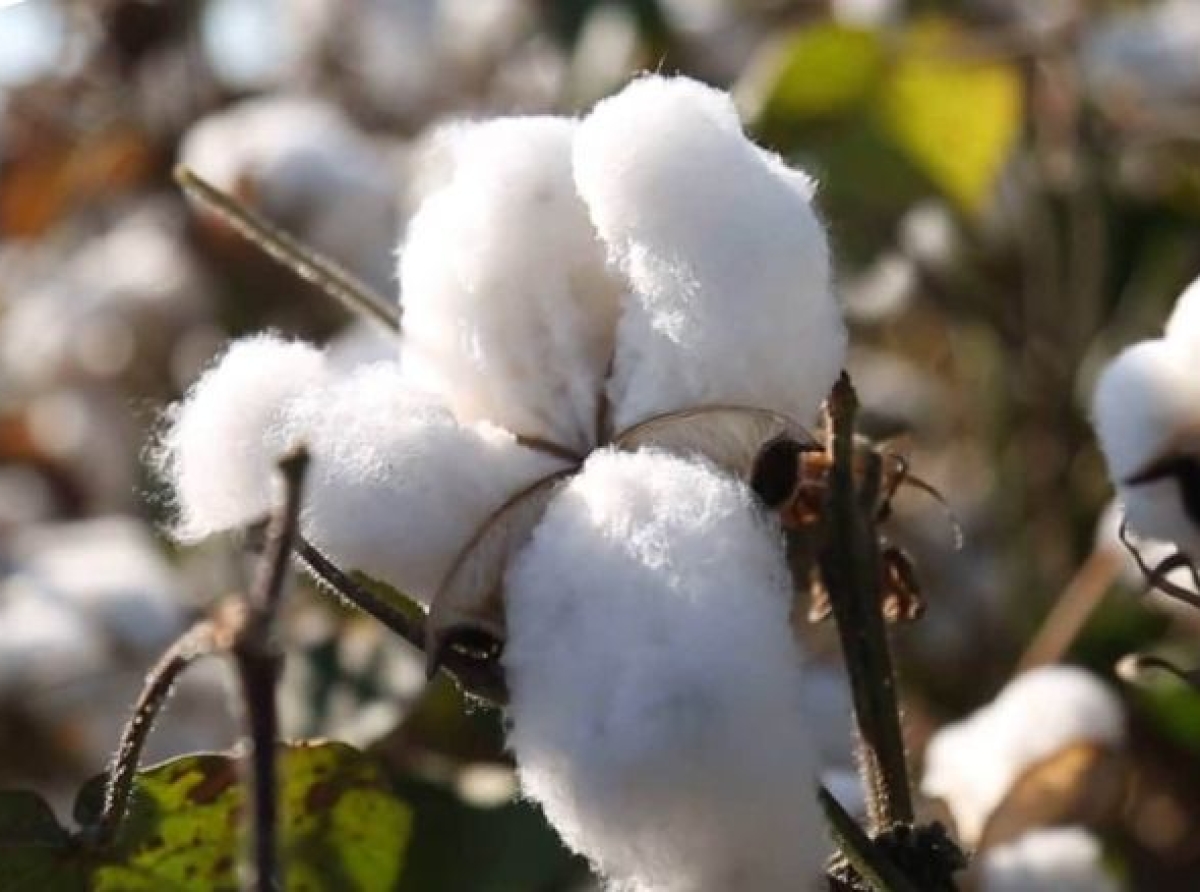23 September 2022, Mumbai:
Traditionally, the Indian textile industry is well placed & enjoys a critical place in the global landscape, ranked only second to China regarding cotton yarn and fabric production. And unfortunately, it has slipped to the fifth rank in synthetic fibers and yarn production as we write.
Indian textile is characterized predominately as SMBs/MSMEs, non-vertically integrated spinning, weaving, fabric finishing & processing, and more particularly value-added finished apparel business enterprises in sharp comparison to its competing key textile-manufacturing rivals. Also, make no mistake, quite a sizeable chunk of it still uses traditional/orthodox and outdated technology which takes winds out of the sails.
THEN
According to the Office of Textiles & Apparel (OTEXA), under the US department of commerce," Drawing hard data of China 2021 in 1st 10 months, it made up for a 22% share in the US textile fabrics market, whilst 12% in yarn market & 24% share in apparel/clothing segment. At the same time in 2019, it was responsible for $36.413 billion of textile and apparel/clothing imports by the US, in sharp contrast to distant $8.043 billion from India".
US President Joe Biden late last year signed a law to ban cotton products, originating from China’s Xinjiang Uyghur Autonomous Region (China views it as a potent legitimate policy framework for countering terrorism and so-called extremism). "At that moment the Indian textile sector viewed it as an opportunity waiting to be tapped & seized subject to augmentation in its scope & scale," alluded Chandran, who is also vice chairman of the Confederation of Indian Textile Industry (CITI).
NOW
Indian textile industry for once is in the throes of disaster. Let us now dwell on the US-China cotton ban to solve this conundrum. Recognizing unequivocally that it has only compounded the problems of India's cotton yarn spinning industry on the back of Chinese tactical cheap offering leading to unintended & far-reaching consequences in the past couple of months.
What is interesting is that Indian cotton which was globally one of the cheapest say up until September 2021, it was then when on the back of global supply-demand dynamics the situation turned heads on, as there was a secular cotton-price rise both globally & back home. But what is noticeable here is that Indian cotton outpriced itself to its peers and as per industry sources it peaked in April 2022. The pricier Indian cotton clearly meant uncompetitiveness hurting the sector's export prospects in the near to midterm.
Price discovery
Historically as discoverability, an unambiguous trade view is that" Chinese cotton yarn invariably is pricier say anything varying in the 15-20% price band thus ruling out China cotton yarn imports". Conventionally the spinning mills would export to their top destination countries in the form of Bangladesh & China only to be converted into fabric & finished apparel/garments.
But where the story that has gone sour is that on the back of looming global recessionary concerns and the demand headwinds sector is faced with is from the US & Europe, which is the last business accretive at this juncture, notwithstanding Rupee @ 81 likely to get the sector a transitory gain.
Crystal gazing
It is pretty pertinent to say that Indian yarn was always self-reliant and a resilient piece regarded as a competitive trade segment aligned to global supply chains and is confident of holding out. "One of the arguments going around is that somehow the delay in the removal of import duty on cotton has weighed in, alludes Dr. K SELVARAJU SIMA - The Southern India Mills Association.
Talking to CNBC quite recently, Atul Ganatra, President, Cotton Association of India (CAI) alluded, " Zero % duty is till only October & arrival will well start in the month of September, and prices are likely to come off in the month of October. He maintained that given the price volatility Indian cotton is getting Priced Out by Pakistan & Chinese prices. Resulting in inflicting pains as some 50% of the spindles have become idle and semblance is there no salvage in the sight as the situation is in flux".
Latest Publications

































